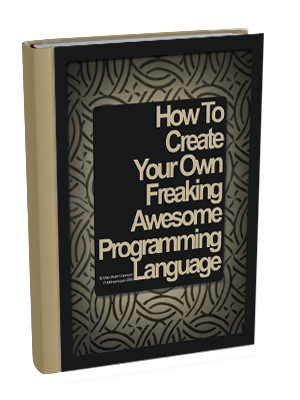On the hunt for guidance about how to build a career as a social media executive, I interviewed three industry experts at companies known for their top-notch social media strategies. Here is their advice for someone looking to grow in the field.
If you look up Matt Ragland’s name in the Buffer blog search bar, you’ll come across this article from over a decade ago – when Matt still referred to himself as an “aspiring blogger.” The term doesn’t apply now, as Matt has grown in leaps and bounds.
Matt’s come a long way since that article, growing audiences into the thousands, launching a YouTube channel with over 67,000 subscribers, podcastst, newsletters, courses, workshops, and now, an agency to help other creators.
In this interview, he shares his thoughts and advice about content creation and social media.
How he’s been a creator for more than a decade
From making YouTube videos to running a newsletter, Matt’s longevity in the space means he’s seen all the dips and growth in the creator economy. And as he points out, the democratization of content creation means that anybody can do or talk about anything. This means the platforms required to create and share content are more accessible than ever.
“My content gained traction when I started focusing on productivity advice on YouTube, specifically bullet journaling. Although I've always seen myself as a generalist, my YouTube channel tells a different story,” shared Matt. “The turning point was when I embraced the "bullet journal guy" persona, which helped me build a significant portion of my audience. Of my 60,000 subscribers, around 60 to 70 percent are there for bullet journaling and productivity content.”
But the blessing of democratization is a double-edged sword. Differentiating yourself becomes difficult, with many creators discussing the same topics across many channels.
A quick Google search on any topic reveals thousands of creators discussing it, each with their unique spin. This saturation can lead to what Matt and many others call "paralysis" – the overwhelming feeling of having too many options and not knowing which direction to take.
However, there's a silver lining – one that caused Matt to pivot his content away from his hyper-specific niche that still became oversaturated. “Mirroring the midweek curve, as my audience grew and evolved, I began to expand my content topics again, catering to those who were interested in a broader perspective on productivity and life. With a dedicated audience, I have the freedom to discuss a wide range of subjects.”
This is a testament that once you build genuine, authentic connections with your audience, they're interested in hearing your thoughts on anything. In the vast sea of available content, authenticity becomes the lighthouse guiding genuine engagement, and Matt's creator journey underscores this. As he put it, “The beauty of dedicating time and effort to audience building is that you carry that audience with you, no matter the new ventures you undertake. It provides a foundation to share new ideas.”
In a world where everyone is sharing, those who speak their truth, remain consistent with their voice, and engage authentically are the ones who stand out. It's not about being the loudest in the room but being the most genuine.
In essence, the creator's dilemma isn't just about producing content; it's about producing content that truly matters. It's about navigating the overwhelming landscape with a compass of authenticity, guided by genuine intent and a deep understanding of one's audience.
How Matt uses the ICE framework to create content
How do you consistently discover ideas and produce content? If you’re like Matt, you use the ICE framework, which stands for Impact, Confidence, and Ease, and is a method used by growth marketers to prioritize tasks and projects. Of course, the ICE framework isn’t limited to just marketing; it’s a versatile tool that can guide creators in their content journey.
- Impact: This measures the potential effect of a particular topic or strategy on your audience. Will it resonate deeply? Will it drive engagement or lead to meaningful conversations?
- Confidence: How sure are you about the potential success of this topic or strategy? Have you seen it work before, or do you have data to back up its potential?
- Ease: This gauges the feasibility of executing the topic or strategy. Is it something you can easily implement, or will it require significant resources and time?
Matt's approach to content creation often involves ranking potential topics or strategies based on the ICE framework. By scoring each element on a scale of one to 10, he can determine which topics will likely be the most effective. For instance, a topic that promises high impact, instills confidence, and is easy to execute would rank high and thus be prioritized.
Drawing from his experiences working at startups like ConvertKit and Podia, Matt emphasized the importance of experimentation. "I'm going to do this thing for six weeks, and then I'm going to measure the results," he shared. This iterative approach, combined with the ICE test, allows him to refine his content strategies over time, ensuring they remain relevant and effective.
6 puzzle pieces to capturing and retaining audience attention
Capturing and retaining your audience's attention is both an art and a science. Matt shared some invaluable insights on how to effectively engage and monetize your audience that are applicable to new and seasoned creators.
- Start with a newsletter: "Absolutely, it's crucial to have a strategy in place to leverage the attention you receive, especially on social media," Matt emphasizes. His top advice for newcomers? "Start a newsletter as soon as possible." Platforms like ConvertKit can help you set up a landing page swiftly. The goal is to be ready to capture subscribers when your content gains traction.
- Foster engagement: To create a sustainable content ecosystem, Matt suggests integrating your newsletter sign-up link across all your social media platforms. "Consistently publish content both on social media and in your newsletter," he recommends. A welcome email that prompts new subscribers to share their interests can be a goldmine for content ideas. "This approach fosters engagement and naturally guides you towards topics that resonate with your audience," Matt notes.
- Focus on one primary social channel: For those just starting out, Matt's advice is clear: "Focus on one primary social channel." Building a core audience on one platform and then repurposing content for others can be a game-changer. "Some creators read their old tweets or LinkedIn posts on TikTok. It's about leveraging what you've already created," he shares.
- The power of video podcasts: "If you have the resources, I believe a video podcast is the most high-leverage content right now," Matt states. A single podcast episode can be repurposed into a plethora of content, from YouTube videos to Twitter threads.
- Think long-term: The allure of passive income as a creator is undeniable but it requires active effort to set up and maintain. He shares an example: "For a $150 product if you aim for $500,000 in annual revenue, you'd need to sell to around 3,333 people and bring in around 70,000 subscribers a year at a five percent conversion rate.” This underscores the need for a long-term and diversified strategy. For example, you could have a $100 course, a $1,000 cohort, and a $10,000 coaching program.
As you take in all this advice, consider Matt’s warning, "Managing all this as a solo creator can be overwhelming. It's almost a full-time job." Remember to think practically about what you can handle with your current workload without burning out.
How Matt uses iteration to improve content
While the allure of new trends and tactics can be tempting, jumping from one to another can lead to a lack of consistency and clarity in one's content. Matt's advice? Choose a path, set a timeframe, and give it your all.
It's easy to get caught in the whirlwind of new ideas and strategies. However, as Matt emphasized, there's a lot of value in committing to a direction. "You just gotta go for it for a little bit," he shared, highlighting the importance of dedicating oneself to a chosen path.
But commitment doesn't mean stubbornness. One of the key insights from Matt's journey is the importance of iteration. After dedicating time to a particular strategy or topic, it's crucial to step back, evaluate the results, and refine the approach if necessary. "I'm going to do this for six weeks, and then I'm going to measure the results," Matt explained, emphasizing the importance of setting clear evaluation periods.
Through regular assessments, creators can identify what's working and what's not. This iterative process allows continuous improvement, ensuring content remains relevant, engaging, and impactful. Matt pointed out that this combination of commitment and flexibility often leads to success.
"After three or four months, you'll have a few very specific ways of communicating and experimenting," he noted, highlighting the insights and intuition that come from consistent evaluation and refinement.
While the world of content creation is vast and ever-changing, the power of iteration remains constant. By committing to a direction and regularly refining one's approach based on feedback and results, creators can navigate the complexities of the digital landscape with confidence and clarity.
How Matt is building genuine communities
The power of community cannot be overstated – and not just any community, but one built on genuine connections and shared experiences. Matt's journey offers a prime example of this. He spoke fondly of his Slack group for dad entrepreneurs, a niche yet authentic space where like-minded individuals come together.
"I tweet about being a dad and stuff that I'm experiencing as a father," Matt shared, highlighting the organic nature of the group's inception. It wasn't about chasing numbers or trends but about connecting over shared experiences. And the result? A thriving community that grows organically, with members who genuinely care about the group's core values and each other.
Not gonna lie.
I used to get really bummed out when my 4 year old woke up at 6AM after I had done the "hard work" of waking up at 5AM.
"This is my time! I need to work/exercise/meditate/read!"
I was fighting reality and no one was winning.
So I tried this instead. pic.twitter.com/4K2Hllwkef
— Matt Ragland (@mattragland) June 25, 2023
Building such a community might seem daunting, but with the right approach, it's entirely achievable. Here are some insights from Matt's experience:
- Start with authenticity: Before you think about numbers or platforms, ask yourself: What am I genuinely passionate about? What experiences or insights can I share? For Matt, it was his journey as a dad entrepreneur. Find your unique angle.
- Leverage automation but keep it personal: Matt used tools like Zapier to streamline the invitation process to his Slack group. But he ensured the touch remained personal. "People are just showing up in the slack. I don't know who they are. But I know that everyone in the group now has either applied directly through something I've written so they have some context with me, or they've been recommended," he explained.
- Engage and listen: Building a community isn't a one-time task. It requires continuous engagement. Listen to your members, understand their needs, and adapt accordingly. Remember, it's a space for them as much as it is for you.
- Celebrate small wins: Every new member, every meaningful conversation, and every shared resource is a win. Celebrate these moments and use them as motivation to keep growing and nurturing your community.
In conclusion, building a genuine community is about more than just numbers. It's about creating a space where members feel valued, heard, and connected. And as Matt's journey shows, with authenticity and the right approach, it's a goal well within reach.
Takeaways
Matt's creator journey highlights a core truth: genuine resonance with an audience trumps fleeting trends. Here are the top takeaways from his story:
- Authenticity is key: Genuine connections with your audience lead to lasting engagement. Being true to oneself and one's experiences fosters trust and loyalty among followers.
- Strategic planning with the ICE test: Prioritize content creation using the ICE test (Impact, Confidence, Ease) to ensure effective and meaningful content that resonates with the audience.
- Focus on one thing before expanding: Start with one primary social channel to build a core audience. Once established, repurpose and expand content to other platforms.
- Take an iterative approach to your content strategy: Commit to a content strategy but regularly evaluate and refine it based on feedback and results. This balance of dedication and flexibility ensures content remains relevant and impactful.
- Community building through genuine interests: Create communities based on shared experiences and genuine interests. Continuous engagement, listening to members, and celebrating small wins are essential for nurturing and growing these communities.
Recommended Story For You :
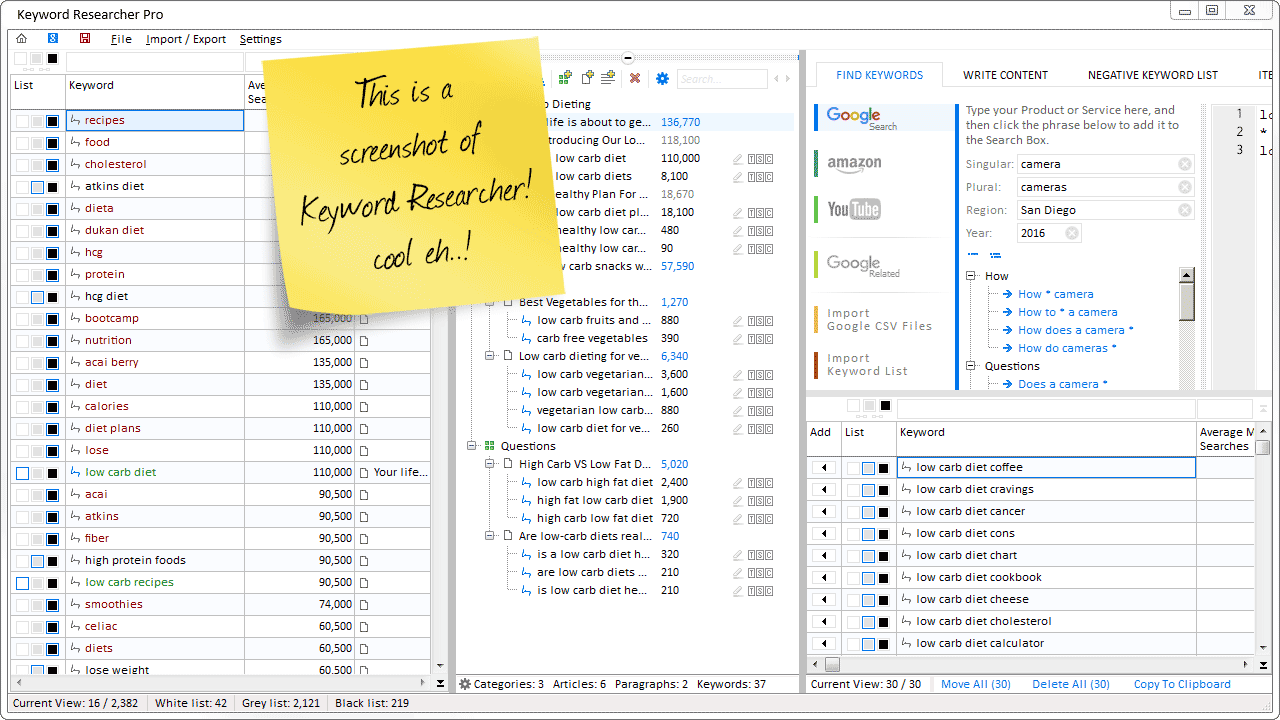
Organize Keywords and Import CSV Files from the Google Keyword Planner
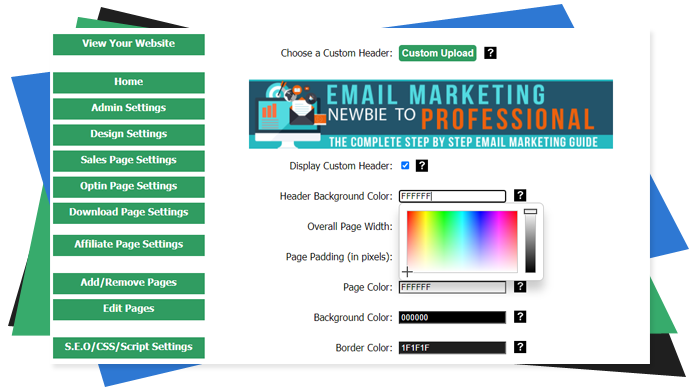
The Most Affordable And Easiest User Friendly Page Builder You Will Ever Use!

Instant WordPress Theme That Matches Your Website
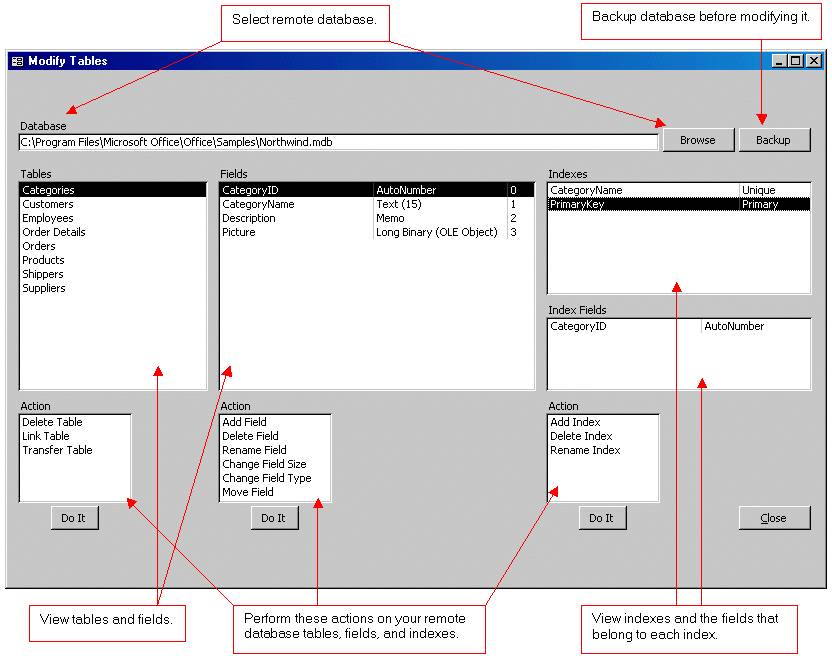
Wizard to Manage Remote Backend MS Access Database Tables Fields and Indexes

If you had an aisle-by-aisle grocery list wouldn't you spend less money on impulse items?
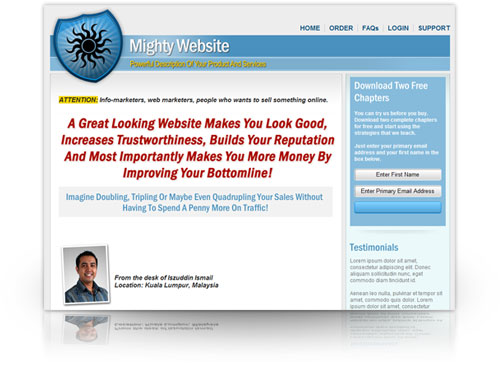
everything you need to create a professional corporate look mini-site is there.
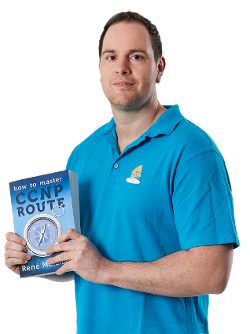
Unlock Your Networking Potential with GNS3Vault

Viper Cache Was 77% Faster Than The Competetion

Understanding Stock Market Shorting eBook
